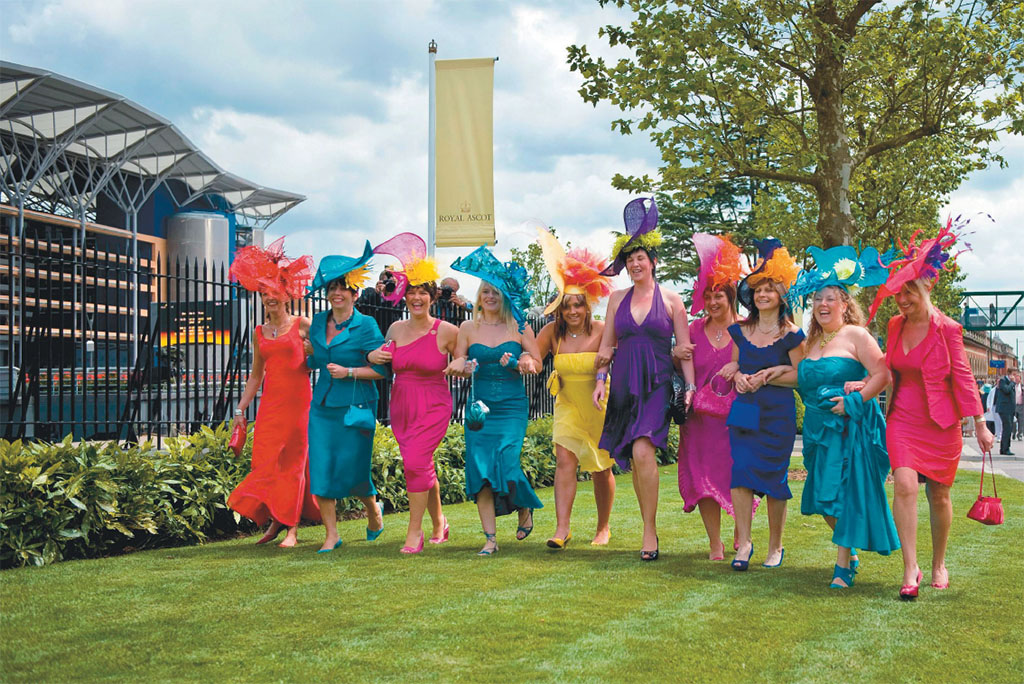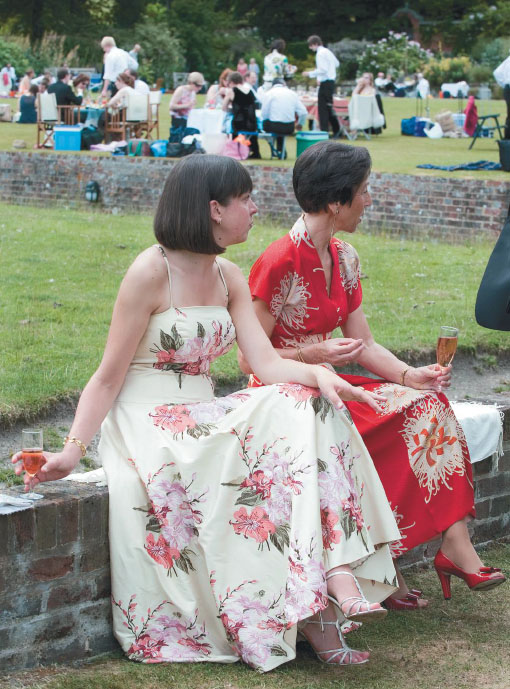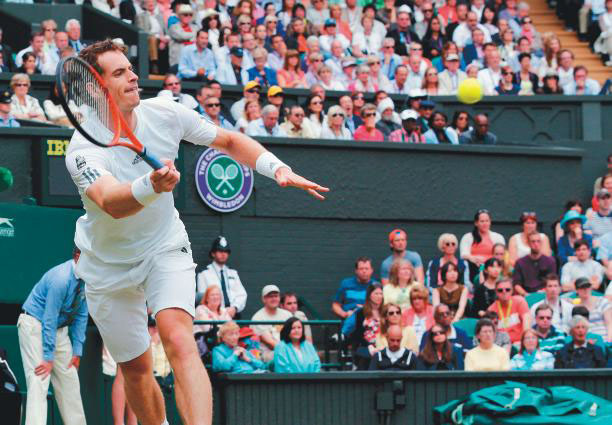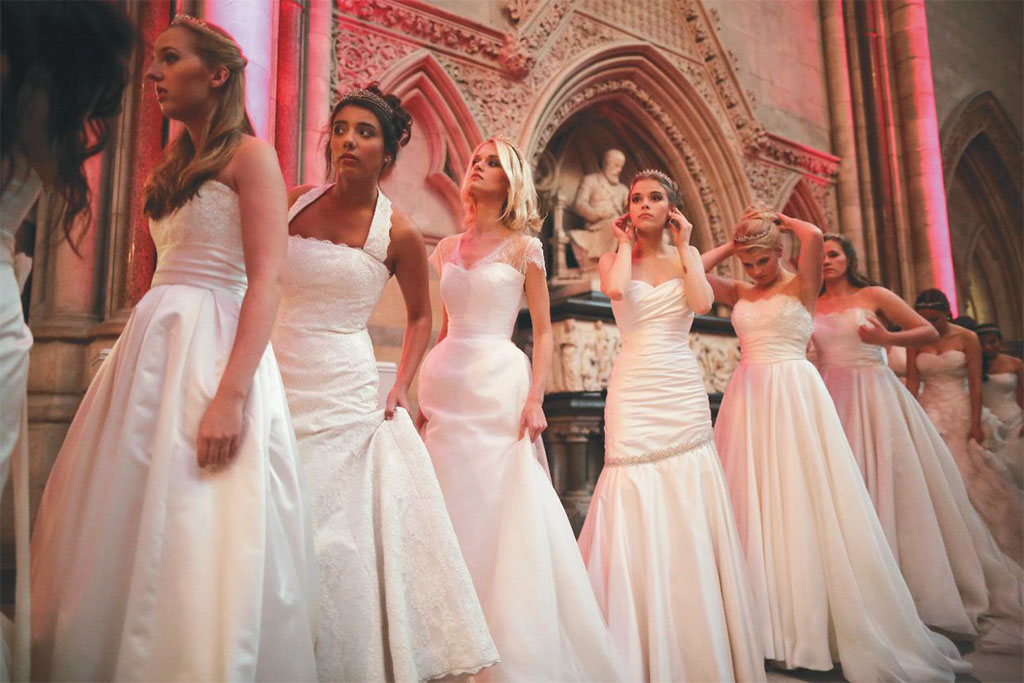
The rainbow of festive women are sauntering for the Royal Enclosure at Ascot on Ladies Day.
[caption id="TistheSeason_img1" align="aligncenter" width="510"]

CHARLOTTE BOULTON
“Bloody Daft!”
Prince Philip’s characteristically forthright analysis of the then 150-year-old Queen Charlotte’s Ball (better known as the Debutantes’ Ball) led to its demise in 1958. But there will always be genteel young ladies needing to meet similarly well-heeled young gentlemen. The Social Calendar has never been totally geared to ensuring the next generation of toffs, but the sheer hedonism of “the Season” can be quite an aphrodisiac. Most of us will never be invited to the Debutante Ball or the discreet Kensington soirees, but other Social Season events—well, let’s just say there are ways and means.
The Season dates back to when the upper classes of Britain divided their time between the country estate and the London town house. Traditionally, the Royal family would reside in London between April and July, then from October until Christmas, and the British aristocracy would follow suit. Gradually, the whirlwind of private parties, cultural and sporting events became regular markers on the calendar.
The first Queen Charlotte’s Ball, in 1780, was a birthday party for George III’s wife, but it soon became the centerpiece of the Season, a minefield of blushing teenagers in virginal white, long gloves and pearl tiaras queuing to be formally introduced to the monarch of the day. After Prince Philip’s comment led to a hiatus in the late 20th century, the Debs’ Ball has been reintroduced, though without the Queen’s attendance. You’d need to be seriously rich to get an invite (or, indeed purchase a ticket if you did receive that gilded envelope), but no longer of blue blood. Girls hoping to be introduced to a duke are more likely to end up with a hedge-fund bigwig or a dotcom millionaire these days.
But parties are only half of the social whirl. The other half is, to my mind, far more interesting—and more accessible to ordinary folk. The classic events have been added to over the years and to “do” them all would involve a bottomless purse and a time machine, so here are a few of the most traditional.
GLYNDEBOURNE OPERA
Glyndebourne is a comparative newcomer to the Social Season, celebrating its 80th birthday this year, but the East Sussex opera festival is world-famous, attracting huge-hitter performers and with the Royal Philharmonic as its resident orchestra. The opera house itself is gigantic, but be warned: The principal part of the experience (which is not the singing) is outdoors, no matter what the weather might be throwing about. Despite world-class performances, Glyndebourne is foremost a place to be seen attending—nothing less than full evening gown, tiara, fur stoles and strappy satin sandals will do, even in a downpour. The interval lasts 90 minutes, during which it is traditional to take a picnic—but forget any visions of soggy sandwiches and primus stoves. Here it is candelabras, vintage champagne, lobster and, yes, I have seen opera-goers attended by their butlers. Tickets are astonishingly expensive, though slightly more reasonable for the modern, experimental productions. It’s really an experience.
OXFORD-CAMBRIDGE BOAT RACE
The centuries-old rivalry between England’s two oldest universities first manifested in rowing-form in 1829 when a Cambridge student challenged his old school chum, now at Oxford, to a race. Tradition sees the previous year’s loser challenge the current champion. Running on a course along the Thames between Putney and Mortlake, the race is watched by a quarter of a million people from both banks and is televised. The best viewing spots are from Putney Bridge, Putney Embankment, the towpath at Bishops Park, Hammersmith Bridge, Duke’s Meadows and Chiswick Bridge, but you’ll need to get there early.
[caption id="TistheSeason_img2" align="aligncenter" width="703"]

WWW.OBSERVER.COM
[caption id="TistheSeason_img3" align="aligncenter" width="612"]

© ACTION PLUS SPORTS IMAGES/ALAMY
WIMBLEDON
The world’s oldest major tennis championship began in 1877 as a garden party match. It’s the only Grand Slam tournament still played on grass, and is almost more famous for its overpriced strawberries and watered-down Pimms than the tennis itself. Tickets are allocated by ballot in December, but if you don’t manage to snaffle one you can join crazed devotees in The Queue (note capital letters) at Gate Three, which is a right-royal bunfight. Many fans set up camp overnight and friends meet specially every year to queue together, the wait as much a part of the ritual as the match. You’re issued with a queue card and it’s—well, it’s as civilized as queues ever get.
HAY-ON-WYE LITERATURE FESTIVAL
It’s worth visiting the Welsh town of Hay just for its 40-odd bookshops, but the festival is when the great and the good congregate to prove how much they know about the written word to the major-league authors the event attracts. There are a limited number of Festival Live passes up for grabs; or you can book events individually. It can get very busy, so make sure you turn up in plenty of time for the better-known speakers.
THE CHELSEA FLOWER SHOW
Hampton Court’s version later in the year may be snapping at Chelsea’s designer heels, but the South West London upstart will never surpass the Royal Horticultural Society’s annual shindig in the grounds of the Royal Hospital, for geographical reasons as much as any—it’s a stone’s throw from most of the punters’ London pads. Looking at the site at other times of the year, it’s hard to imagine how they manage to cram so many show gardens, exotic new species and celebrity makeovers into such a small space. Again, advance booking is absolutely essential. If you’re an RHS member, you can get special rates and privilege booking. On the last day, the exhibitors sell off plants to bargain hunters at knockdown prices.
ROYAL ACADEMY SUMMER EXHIBITION
Most people know this as “the one with an open submissions policy.” Anyone can submit a work of art, which will be chosen on merit: Famous RA members and celebrity artists may have work rejected while wall space is given to a plucky amateur. In an arcane selection process that has been going on since 1769, some 11,000 pieces are paraded in front of a selection panel by a human chain of specialist art-handlers. Votes are taken and the works whittled down to a mere 1,200 objects. Of course, the launch night is almost impossible to attend unless you’re a member or patron, but anyone can go to the exhibition, which runs between June and August and is guaranteed to be quirky.
ROYAL ASCOT
The five-day Royal Meeting at Ascot has been going since 1711. It is one of the horse-racing events of the year and unless you have been sponsored by a member, you won’t get into the Royal Enclosure. It’s easy enough to book tickets for the rest of the course, however, and see the Queen and her entourage arrive in open-topped carriages across Windsor Park. Each day features prestigious races, but Ladies Day (Thursday) is the most famous, when women in the Royal Enclosure must wear “a hat that covers the crown of their heads.” The creations are spectacular. Although it’s fun to gussy-up, the terrifying dress code (made even tighter in 2012, banning fascinators, spaghetti straps, hats under 4 inches in size and the “customization” of top hats) applies only to the Royal Enclosure.
HENLEY ROYAL REGATTA
Back in 1839, the Mayor of the little Oxfordshire town of Henley on Thames decided to put on a boat race as part of the annual fair. Today Henley is one of the most famous regattas in the world. Held over five days, it’s a cavalcade of striped blazers, cravats, hemlines below the knee and yet more Pimms. The most famous of head-to-head knockout races along the Thames is the Grand Challenge Cup for Men’s Eights, which is, in the best British tradition, for amateurs only. You’d wait years to get invited into the Stewards’ Enclosure, but anyone can watch the races from the towpath for nothing, or buy a Regatta Enclosure badge. On race days, the roads to Henley become gridlocked. It’s much better to arrive by rail.
[caption id="TistheSeason_img4" align="aligncenter" width="1024"]

GETTY IMAGES
COWES WEEK
The annual Isle of Wight sailing event takes place between Glorious Goodwood (another fashionable horse-racing fixture) and the Glorious Twelfth (of August), when the aristocracy traditionally return to their country estates for the grouse-shooting season. Its Royal connections date back to 1827 when George IV presented the King’s Cup for the first time. With up to 40 races and 8,500 competitors each day, the Solent can get incredibly busy, and that’s before you factor-in the 100,000-strong crowd. There’s a festival atmosphere, with street entertainment and a top-notch fireworks display on the Friday night. Cowes Yacht Haven is where the toffs congregate, but there’s so much going on that in my opinion it’s more fun to get a ferry to Cowes Parade and enjoy the general mayhem of the town.
Oxford-Cambridge Boat race
www.theboatrace.orgHay On Wye Festival
www.hay-on-wye.co.ukGlyndebourne Opera
www.glyndebourne.com
Royal Academy Summer Exhibition
www.royalacademy.org.uk
Royal Ascot
www.ascot.co.uk
Wimbledon
www.wimbledon.com
Henley Royal Regatta
www.hrr.co.uk
Cowes Week
www.cowes.co.uk
Chelsea Flower Show
www.rhs.org.uk





Comments